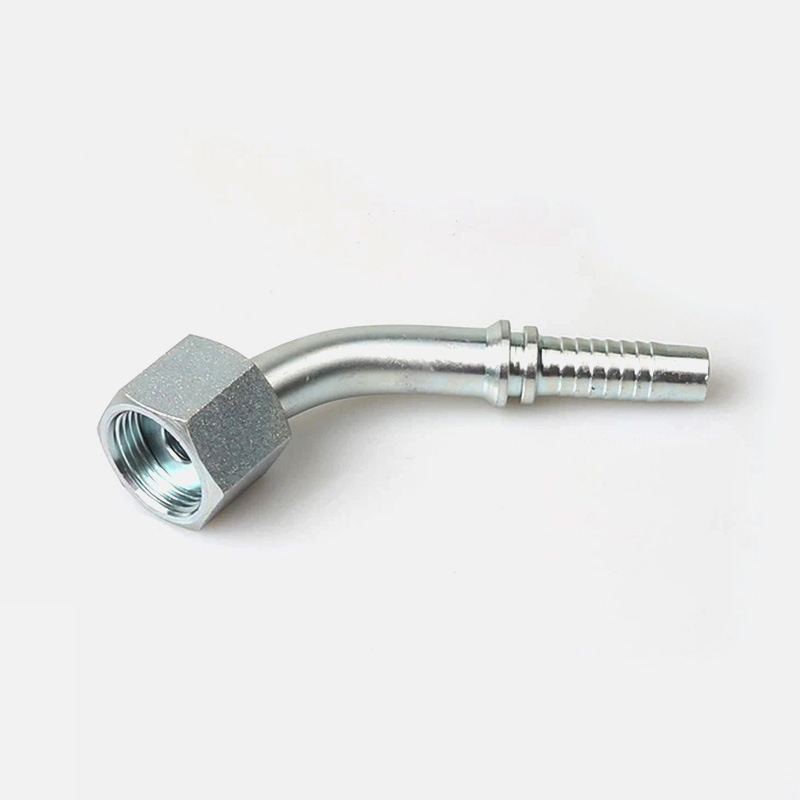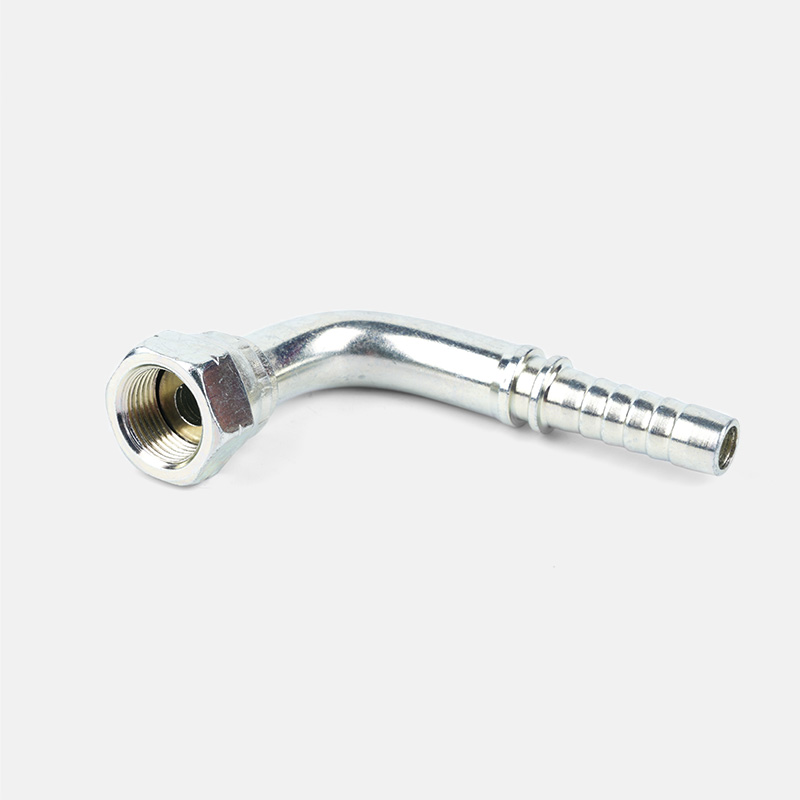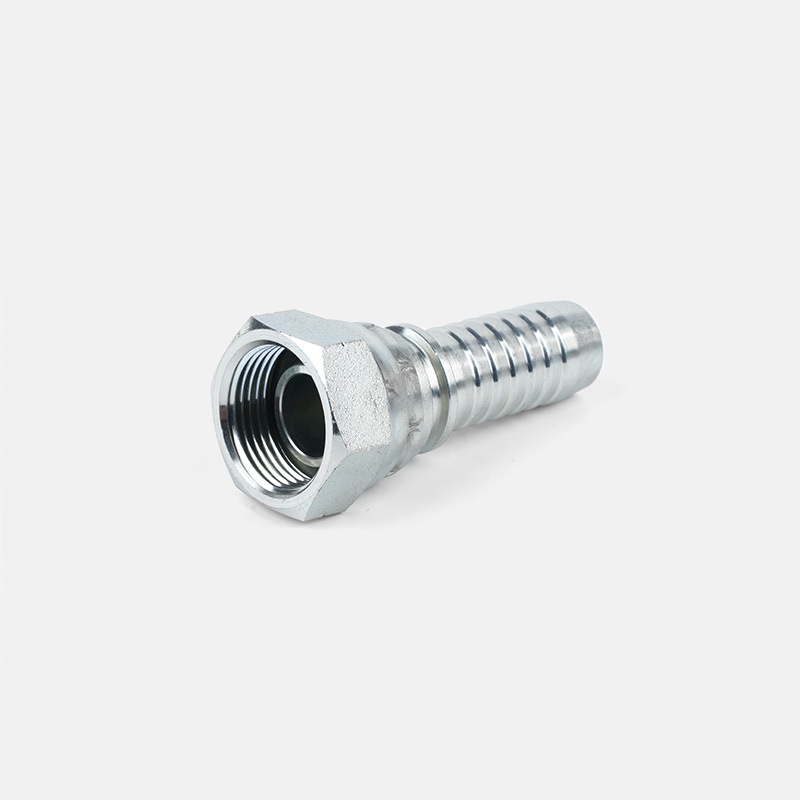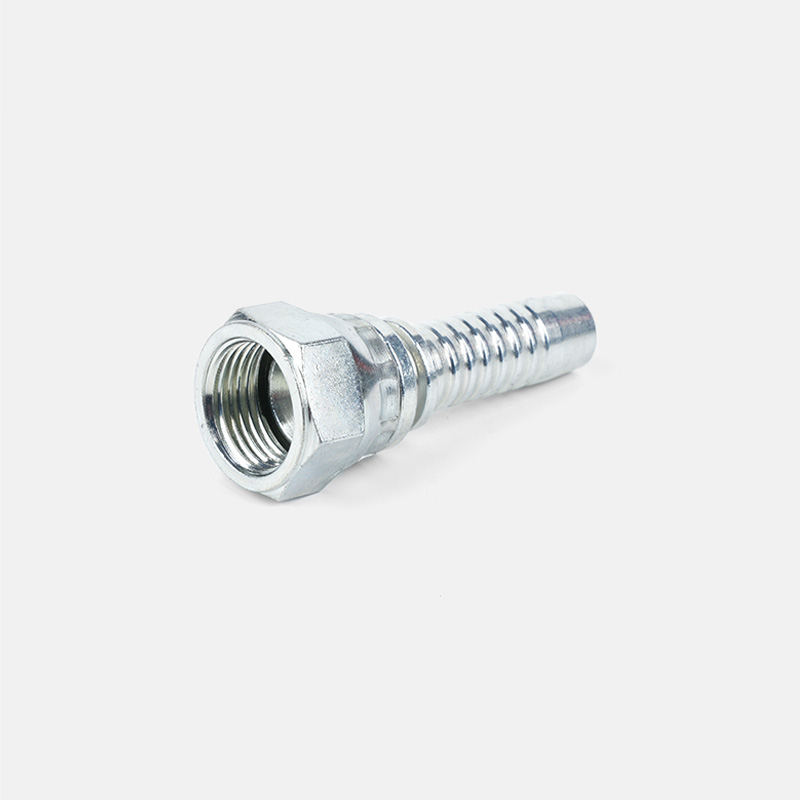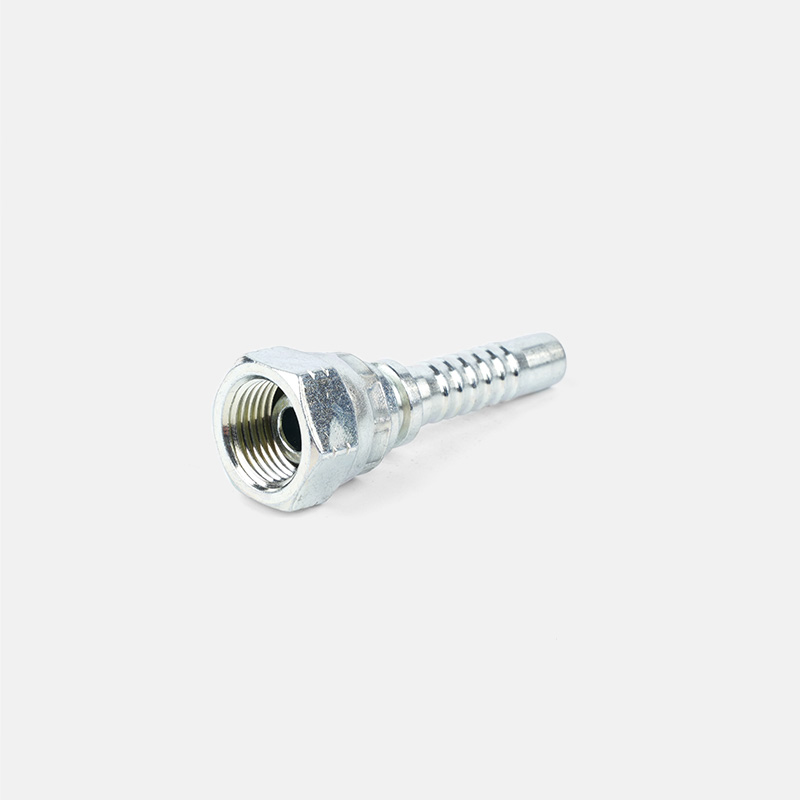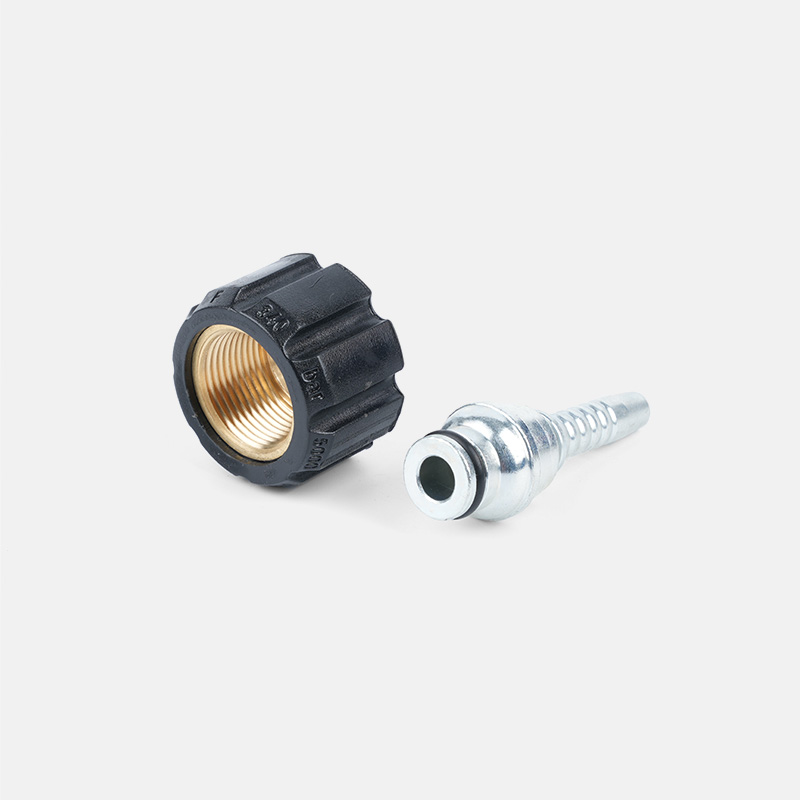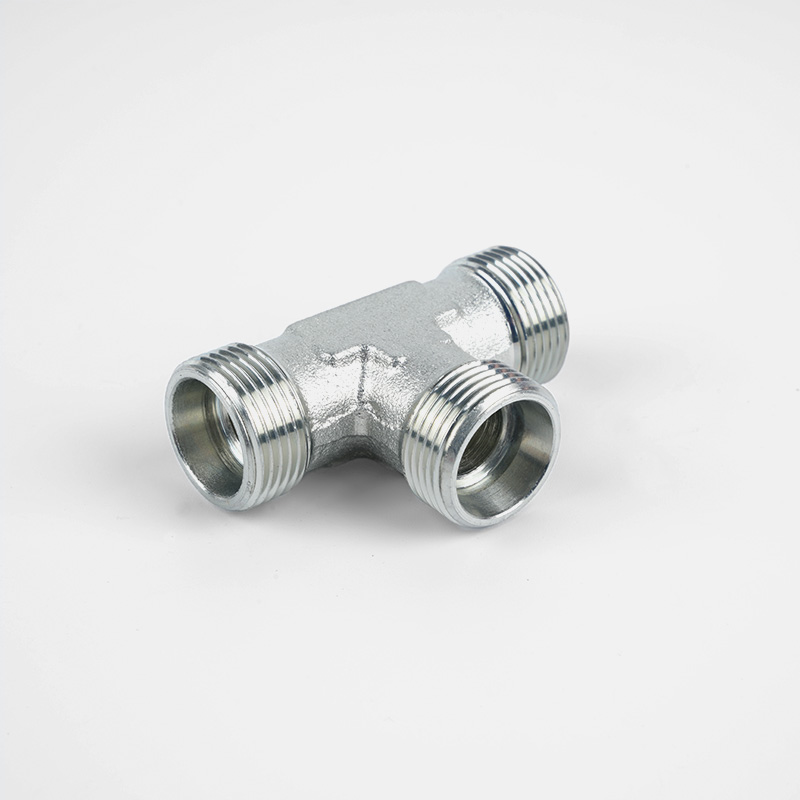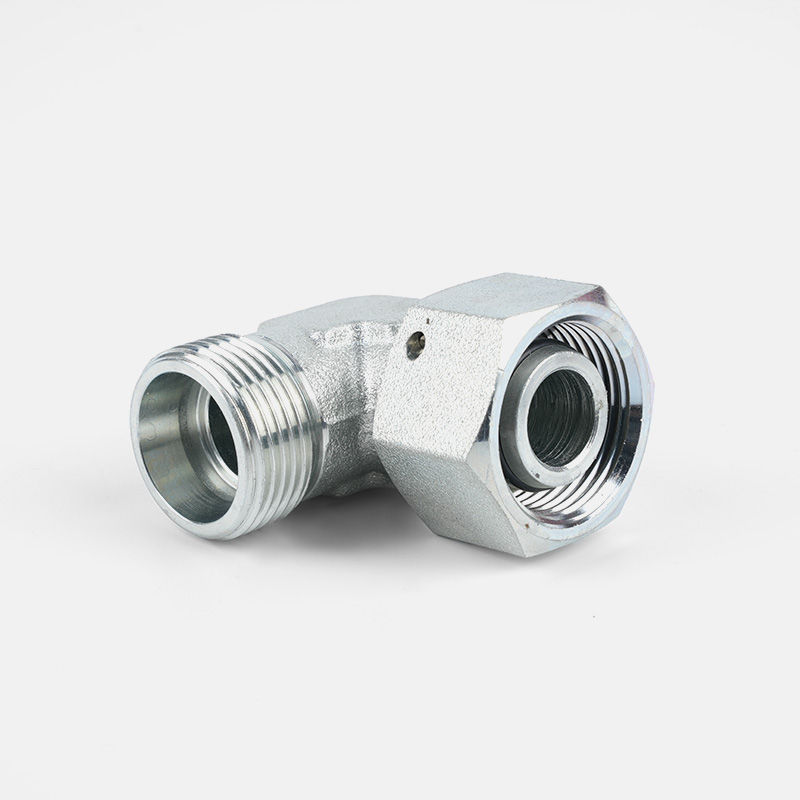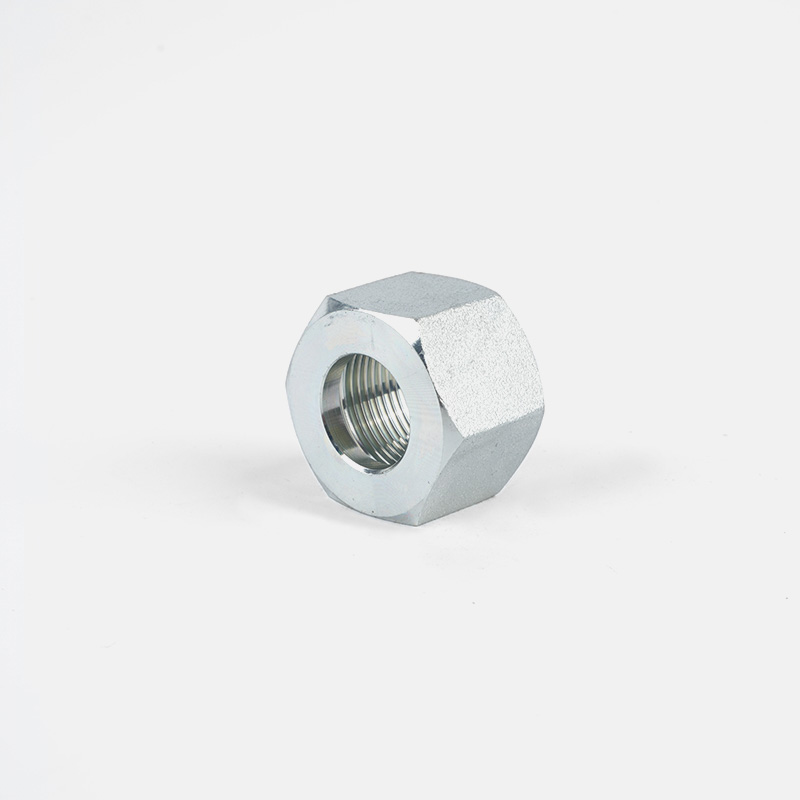Language
ENGPerformance comparison of hydraulic double joints and single joints
 2025.09.22
2025.09.22
 industy news
industy news
Introduction
Hydraulic connectors are indispensable components in hydraulic systems, responsible for fluid transmission and pipeline connection. Based on their structural form, they can be divided into single connectors and double connectors. Both have distinct characteristics in terms of structure, performance, applications, and cost-effectiveness.
Structure and Connection Methods
Single Connector
A single connector consists of one channel and has a relatively simple structure. It is typically used for one-to-one hydraulic connections, suitable for single hydraulic circuits.
Double Connector
A double connector contains two independent channels, enabling the simultaneous transmission of two hydraulic flows. With its dual-channel parallel design, it is commonly used in systems that require multiple fluid paths or compact layouts.
Performance Comparison
Pressure Capacity
- Single Connector: More compact in design, generally providing higher pressure resistance.
- Double Connector: Slightly lower pressure capacity than single connectors, but still reliable within most industrial pressure ranges.
Flow Transmission
- Single Connector: Supports only single-path transmission, with limited flow capacity.
- Double Connector: Enables dual-path transmission, significantly improving system efficiency.
Sealing Performance
- Single Connector: Fewer sealing surfaces, lower leakage risk, and higher reliability.
- Double Connector: With two channels and more sealing points, it requires stricter sealing materials and manufacturing processes.
Installation and Maintenance
- Single Connector: Easy to install, convenient to disassemble, with lower maintenance costs.
- Double Connector: More complex in structure, requiring higher installation precision and stricter maintenance procedures.
The following table highlights the key differences between single and double connectors:
| Comparison Item | Single Connector | Double Connector |
|---|---|---|
| Pressure Capacity | High | Slightly lower |
| Flow Transmission | Single path | Dual parallel paths |
| Sealing Performance | Fewer sealing points, low risk | More sealing points, higher precision required |
| Installation & Maintenance | Simple, low cost | More complex, higher cost |
| Application Scenario | Simple hydraulic circuits | Complex or multi-path hydraulic systems |
Application Flexibility
Applications of Single Connectors
- Commonly used in hydraulic cylinders, pumps, and other single-path systems.
- Suitable for simple mechanical equipment without multi-path requirements.
Applications of Double Connectors
- Frequently used in construction machinery, lifting equipment, and aerospace hydraulic systems.
- Particularly effective in space-limited systems that require multi-path fluid transmission simultaneously.
Cost and Economic Considerations
Single Connector
- Lower manufacturing and purchasing cost.
- Suitable for cost-sensitive projects such as small and medium hydraulic systems.
Double Connector
- Higher manufacturing and design cost, more expensive than single connectors.
- However, it offers better space efficiency and system optimization, making it cost-effective in advanced applications.
Typical Application Comparison
Example of Single Connector
Used in hydraulic cylinder-to-pump connections, single connectors ensure stable and efficient one-path fluid transmission.
Example of Double Connector
In excavators and cranes, double connectors allow multiple hydraulic circuits to work simultaneously, ensuring coordinated hydraulic actions.


